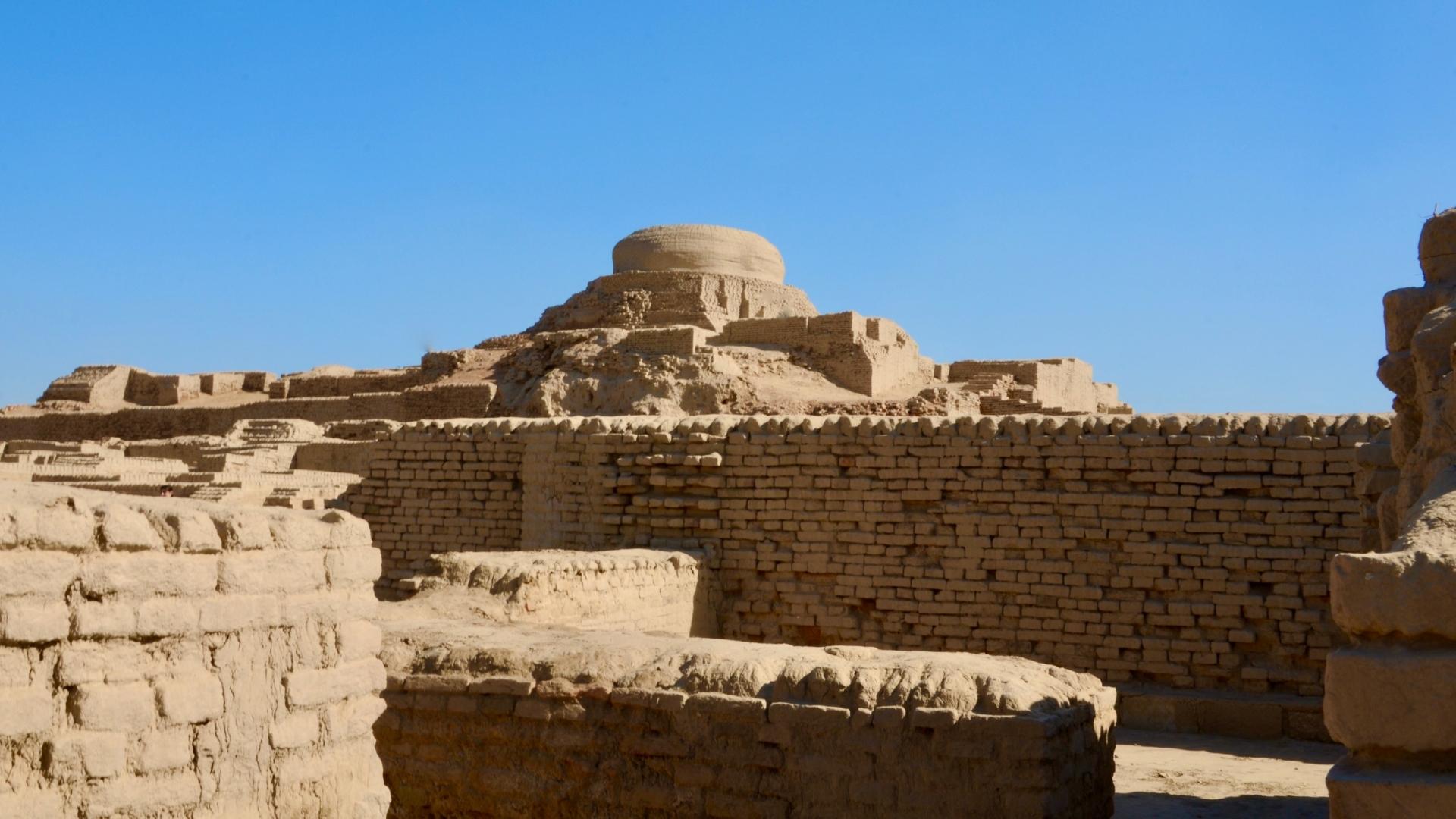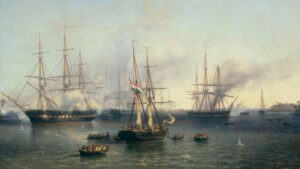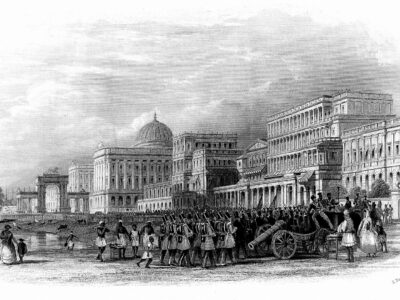The story of pre-historic India begins with the two well-planned cities of Harappa & Mohenjodaro of the Indus Valley Civilization as all of us know, however, due to the sparse evidence related to architectural attainments before 2 BCE there is no need to dig deeper into this context, instead, it is essential to track the emergence and progress of religions. The migration of Indo-Aryans and their cultural blend with Dravidians resulted in the transformation of values and beliefs in the existing practices of Hinduism. This migration might be the cause for some rigid Dravidians for those who were not open to such cultural exchange to flee to the southern parts of India. Cultural exchange due to the migration of Aryans, the Pre-Vedic period, the division of Shaivas & Vaishnavas among the followers of Hinduism, and the inception of Jainism and Buddhism, the religious scriptures and other factors have a great influence on Indian Architecture.
Archaeological excavations of the earliest cities of the Bronze Age of India such as Mehrgahr, Birhanna, Harappa, Mohenjodaro, Lothal, Kalibangan, Dholavira and Rakhigarhi provide sufficient evidence to prove that these cities were well-planned. Archaeologists discovered the evidence of paved roads, drainage system, large rainwater collection, storage system, usage of terracotta bricks, cemetery etc and it would be ideal to consider these earliest cities of Pre-historic India as the points of origin to explain the progress in Indian architecture.
Architectural Features of Harappan Sites
Indus valley civilization (Circa 3300 to 1300 BCE) flourished around the Indus river basin, extending from present-day west and north-western India, Pakistan and Afghanistan. This civilization was highly developed and larger in area than its contemporaries such as ancient Egypt and Sumeria. The civilization introduced the first urban centres to ancient India. The common architectural features of Harappan sites are:
- Systematic town planning includes a grid system for streets, and division of the town into large rectangular blocks.
- Further division of the town into the upper part with a fortified citadel for the ruling class and lower part to accommodate common people.
- Kiln-burnt brick houses with side entrances, of two or more storeys with no windows facing main streets, with courtyard, bathroom and drains.
- Impressive drainage and sanitation systems, water supply systems, large non-residential buildings and granary.
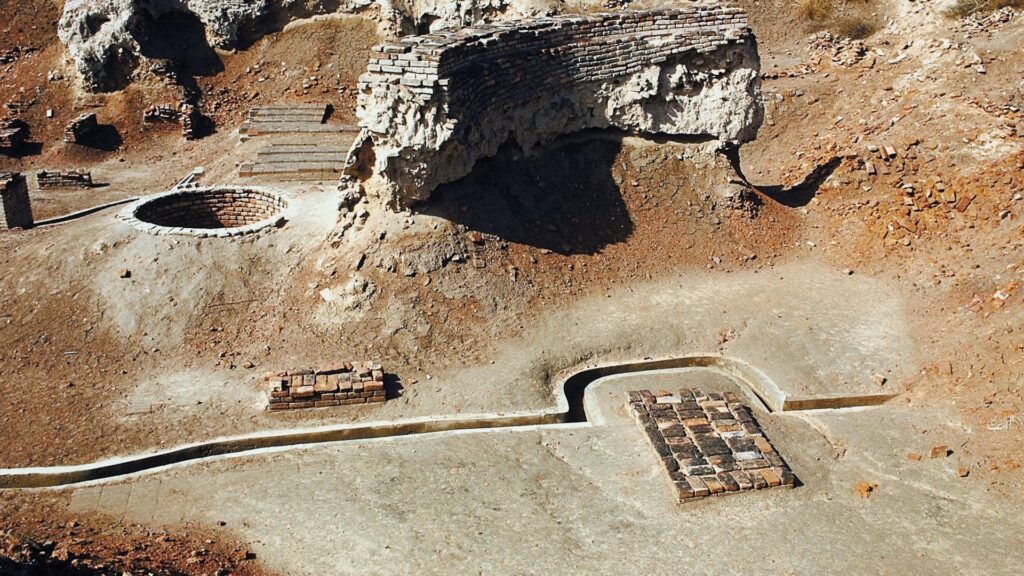
Harappa (Circa 3300 to 1300 BCE) is located close to the course of River Ravi in Punjab, Pakistan. Great granary, fortified walls, an urban centres like a great hall, drainage infrastructure and the majority of Harappan seals were found here. A large public well and public bathing platforms were found on this site, commonly these public bathing areas may also have been used for washing clothes.
Numerous circular working areas were built inside courtyards or small rooms and may have been used for husking grains. The large corbelled drain was built on the site for the disposal of rainwater or sewage. The site also indicates the presence of artisan workshops. This city existed from Harappan Phase 1 (Early Harappan) to Phase 5 (Late Harappan) and accommodated more than 20,000 inhabitants.
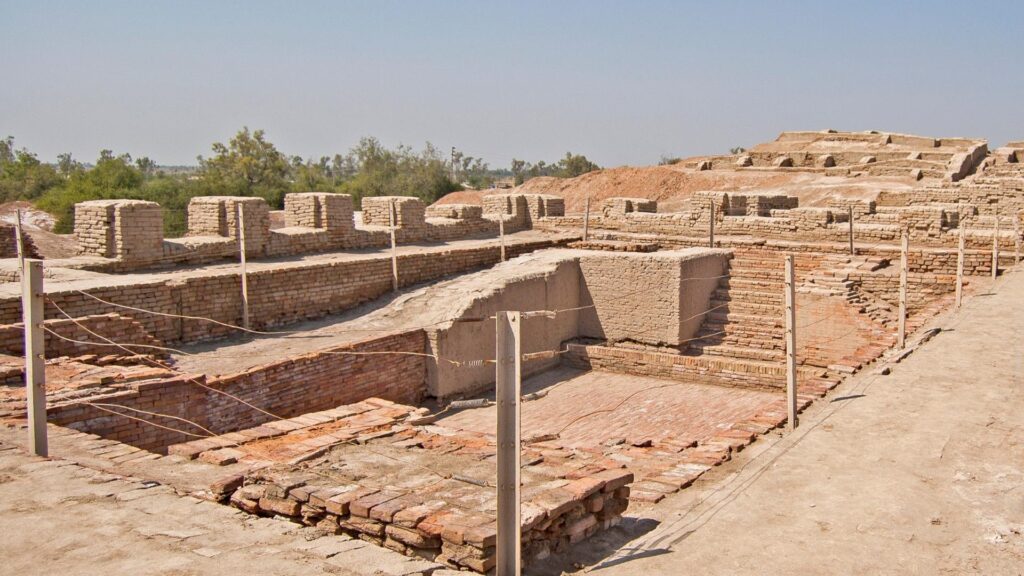
Mohenjodaro (Circa 2600 to 1900 BCE) was the largest settlement of the Indus Valley Civilization and one of the most reputed earliest cities of the ancient world located on the banks of the river Indus in Sindh province of Pakistan. Notable architectural features of this site include the Great Bath where the floor of the tank is watertight with finely fitted bricks using gypsum plaster; each block of buildings consists of one or more wells and there are several private and public wells found on the site; exceptional drainage system with drain outlets, grid streets with drain channels covered with limestone blocks; fortified citadel with towers around for substantial defence; a central marketplace and the Great Granary for storage purposes.
The lower area includes the pillared halls and courtyards surrounded by walls with openings for windows or passageways; large building complexes with numerous rooms; farmlands with irrigation channels and a ridge to protect the irrigated lands from floods and various occupational workshops. This city existed from Harappan Phase 2 (Early Harappan) to Phase 4 (Late Harappan) and accommodated more than 40,000 inhabitants. Mohenjodaro was one of the most advanced cities of its time with remarkable urban planning and the place was abandoned by 1900 BCE.

Lothal (Circa 2400 BCE) is the only Harappan site with an artificial dockyard and probably the main seaport of the Indus Valley Civilization, situated on the river banks of Sabarmati (the present course of the river has been changed) in Gujarat, India. The archaeological studies on this site indicate the possibilities of the earliest rice cultivation. The greatest architectural features of this site include a massive artificial dockyard, the main warehouse for cargo, an acropolis with an extensive drainage system, kitchen blocks with a pot furnace, artisan workshops, and private baths with proper sanitary and drainage systems.
The upper town for the ruling class has residential blocks with private wells, private cooking spaces with a pot furnace, and private baths with drain outlets. On the other side, the lower town contains blocks for shops or a marketplace, a residential area for common people, artisan workshops, grid streets and burial sites. This port town existed in the mature Harappan phase inhabited by a small population devoid of urban influence.
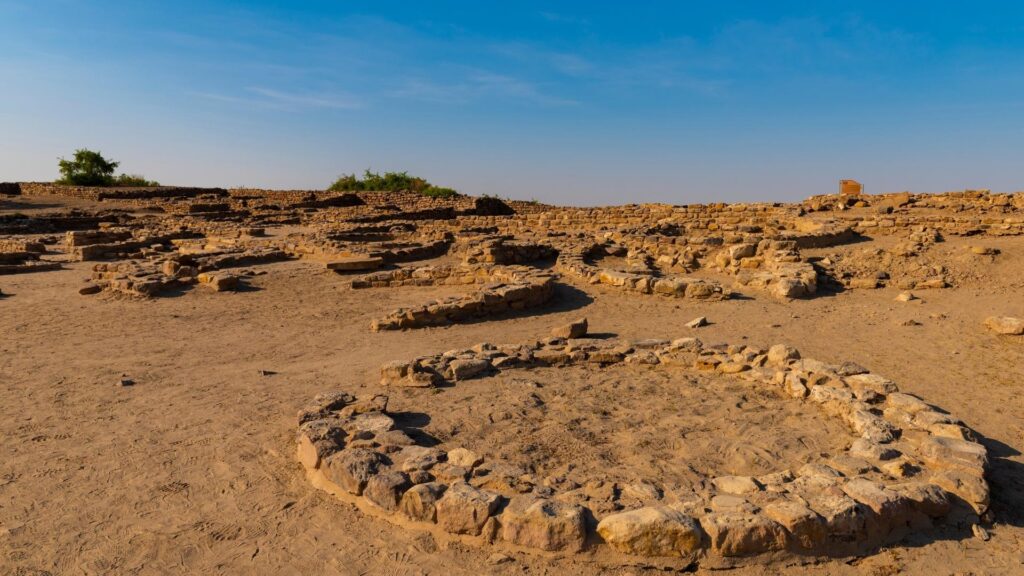
Archaeologists have excavated numerous Harappan sites in India, Pakistan and Afghanistan. Of all, only the major Harappan sites that support providing sufficient information related to architecture are covered in this article. Some other important Harappan sites are as follows:
- Sutkagan Dor: a small town located on the banks of River Dasht on the Makran coast near Gwadar in Pakistan. Massive fortifications, citadel and lower town are found here. Some scholars suggested that this might be a connecting trade post due to its location which is close to navigable waters.
- Chanhudaro: situated on the Indus river bank in Sindh province of Pakistan, inhabited by workers class such as blacksmiths, coppersmiths, bead makers and this is the only Harappan site without citadel.
- Kalibangan: a city situated on the banks of the river Ghaggar in the Indian state of Rajasthan existed between the early Harappan phase and to mature Harappan phase. The city was fortified with residential blocks containing multiple rooms. Burial sites with square and circular graves were found here.
- Dholavira: a Harappan city situated in the Kutch region of Gujarat, India. The city existed between circa 3500 to 1800 BCE. Unique architectural features on this site are massive water reservoirs with channels, fortified stone walls, ceremonial grounds and a cemetery.
- Rakhigarhi: a Harappan settlement situated in Haryana, India. Evidence of paved roads, granary, rainwater collection, drainage system, metal workshops and burial grounds have been unveiled.
- Surkotada: a small Harappan settlement lies in the Kutch province of Gujarat, India. The site existed from circa 2300 to 1700 BCE. The settlement was a coastal town of strategic importance with a seaport.

